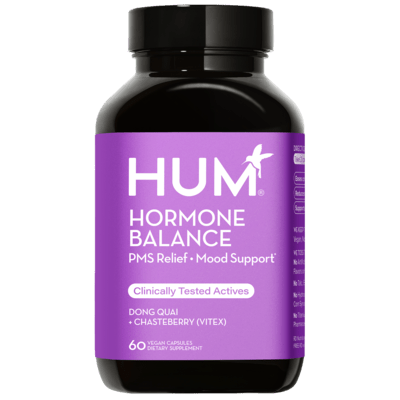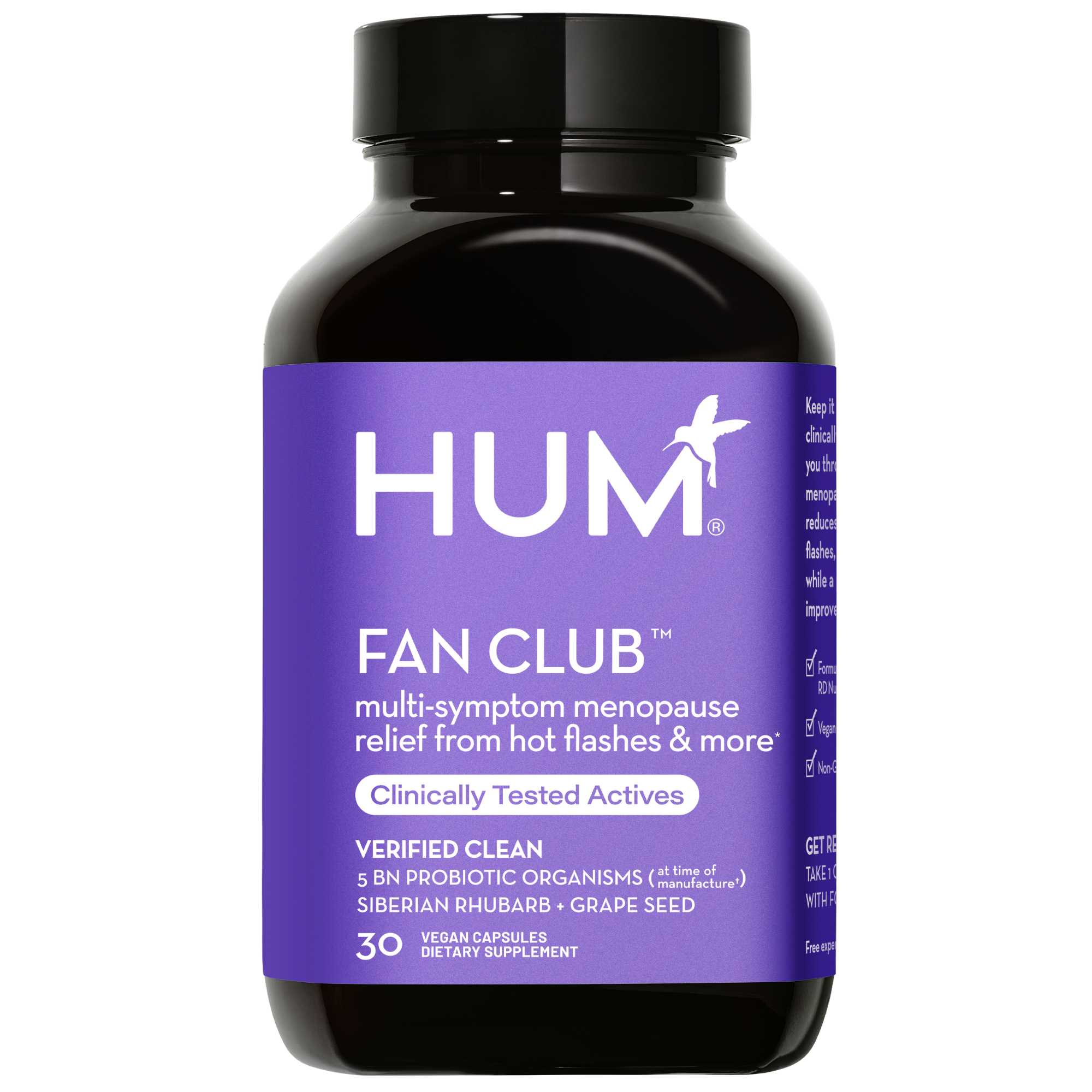Perimenopause can be a frustrating and confusing phase of a woman’s transitional health. One day, you’re cruising through life as usual, and the next, you’re sweating through your sheets at 3 AM, snapping at your loved ones for no reason, and wondering why your period is suddenly playing hide-and-seek. The transition into menopause can feel like an unpredictable rollercoaster, but you’re not alone! Understanding what’s happening in your body can help you manage your symptoms and stay in control. Let’s break it down so you can navigate this phase with confidence.
What is Perimenopause?

Perimenopause is the transitional phase before menopause when your body gradually reduces its production of estrogen and progesterone, the key hormones that regulate your menstrual cycle. Menstrual health practitioner Michelle Agudelo states that while it can vary from person to person, perimenopause typically occurs for women in their late 30s to early or mid-40s, lasting for four to eight years on average. During perimenopause, your periods may become irregular—sometimes heavier, sometimes lighter, or even skipping months altogether. While menopause officially begins when you’ve gone 12 consecutive months without a period, perimenopause can last for several years, bringing a variety of symptoms like mood swings, sleep disturbances, and hot flashes. The Journal of Obstetrics, Gynecology, and Cancer Research estimates that vasomotor symptoms (hot flashes) occur within 75-80% of perimenopausal women. Despite these numbers, understanding this phase can help you manage the changes and feel more in control of your health.
Causes
While the perimenopause process occurs as a natural part of aging, certain factors can influence when and how intensely you experience it. The primary cause is the decline in estrogen and progesterone levels, but lifestyle, genetics, and medical conditions (such as hysterectomy or chemotherapy) can also play a role. Smoking and high-stress levels may even trigger earlier or more severe perimenopausal symptoms.
Symptoms
Perimenopause symptoms vary widely from person to person. Some of the most common include:
- Irregular periods (heavier, lighter, or missed cycles)
- Hot flashes and night sweats
- Mood changes, anxiety, or depression
- Sleep disturbances and fatigue
- Vaginal dryness and discomfort during sex
- Decreased libido
- Weight gain
- Brain fog and memory issues
Everyone’s experience during perimenopause can vary with these symptoms, and the intensity can change over time.
How to Handle Perimenopause (and what to do about it)
Diagnosis
While there isn’t a specific test to confirm perimenopause, doctors will typically make an informal diagnosis based on your symptoms, age, and menstrual history. In some cases, they may even do blood tests to see where your hormone levels are at.
Agudelo adds, “There’s an important distinction here that’s worth calling out, and that is that perimenopause is a normal process, just like puberty, that all of us will go through. As such, there’s nothing to [formally] diagnose because it’s not a medical condition and rather, it’s about recognizing the signs that indicate we are in this transitional phase of life.”
Treatment
“Perimenopause isn’t something you have to put up with and deal with,” Agudelo says. “There are options available that can be tailored to your experience and preference. Options include hormone therapy, lifestyle changes, or non-hormonal options. More practitioners are becoming specialized in helping women navigate perimenopause.”
Treatment for the symptoms can depend on how intense your symptoms are and what solutions work best for your body. Some of the more common approaches include:
- Lifestyle changes: Following a balanced diet, regular exercise, and using stress management techniques can help ease symptoms.
- Hormone therapy (HT): Low-dose estrogen therapy can relieve hot flashes and vaginal dryness.
- Non-hormonal medications: Antidepressants, certain blood pressure medications, and other drugs can help with specific symptoms.
- Supplements and alternative therapies: HUM has supplements with natural ingredients to support hormone health and perimenopause relief for the uncomfortable symptoms that come with the transition. HUM’s Hormone Balance contains Chaste Berry and Dong Quai which can help with PMS symptoms including mood swings and irritability. However, if you’re looking for something geared a little more specific toward perimenopause/menopause relief, Fan Club’s probiotic formula targets 11 symptoms associated with the transition.
Percentage of participants taking Fan Club and their changes at 4 weeks:
- 90% had a decrease in at least 1 menopausal symptom
- 87% had fewer hot flashes
- 58% had reduced feelings of heart racing
- 62% felt less restless
- 52% had less severe mood swings
- 64% felt less irritable
- 62% felt less exhaustion
- 72% had sex drive improvements
- 49% had less bladder problems
- 49% had less vaginal dryness
- 39% had less join and muscle discomfort
- 64% had less sleep problems
- +slept on average 48 minutes longer
Perimenopause FAQs
How long does perimenopause last?
Perimenopause can last anywhere from a few months to 10 years, with the average being about four years. However, it officially ends when menopause begins (12 months without a period).
Can you still get pregnant during perimenopause?
“Yes, you can still get pregnant during perimenopause,” Agudelo states. “While it’s true that you are not in your peak fertile years, pregnancy is possible in any cycle with ovulation, even when our cycles are not perfect.”
Can I delay menopause or perimenopause symptoms?
While you can’t stop menopause, you may be able to delay its onset by maintaining a healthy lifestyle. Regular exercise, a diet rich in whole foods, and managing stress can all support hormone balance and ease symptoms.
Should I see a doctor for perimenopause symptoms?
If symptoms are affecting your quality of life—like severe mood swings, extreme fatigue, or very heavy periods—it’s a good idea to see a doctor. They can help determine the best treatment options for you.
Can perimenopause make PMS worse?
Many women find that PMS symptoms become more intense or unpredictable during perimenopause. This is due to fluctuating hormone levels. Managing stress, exercising, and tracking your cycle may help alleviate severe symptoms.
The “What is Perimenopause” Takeaway
Perimenopause is a natural yet often challenging phase of a woman’s life. However, this doesn’t mean that you have to suffer through it. While it may feel overwhelming at times, understanding what’s happening in your body can make all the difference. Being able to recognize the symptoms, explore treatment options, and make the appropriate lifestyle adjustments can help navigate this transition with greater ease. Whether it’s seeking support from a healthcare professional, connecting with others going through the same experience, or simply giving yourself grace, you don’t have to go through perimenopause alone. With the proper knowledge and tools, you can take control of your health and embrace this new chapter with confidence.












